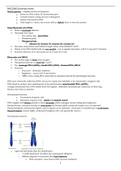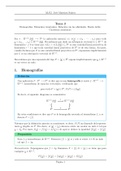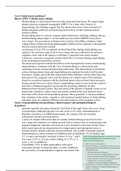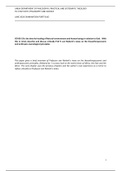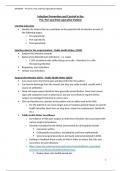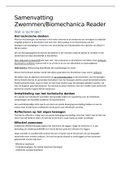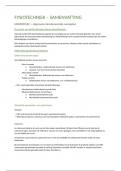Lecture notes
Summary BHCS 2003 - Genetics
- Institution
- Plymouth University (UOP)
Compiled from lecture notes, this is a condense but detailed summary of the module (and more) containing an overview of all the content in a logical order, easy to search and use for revision.
[Show more]
